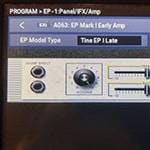■ The End of Hammond Organ Simulations Using Sampled Sound Sources?
This is Vagabond Synth Nerd's Journal, and now we finally arrive at Yamaha's YC61. Released in 2020, the YC61 came out during a time when the shadow of COVID-19 loomed over the world, distancing music from our everyday lives.
I had heard about the release of the YC61, but given that I couldn’t play with my band during that period and assumed it was just another "sampled sound source" instrument, I neglected to check it out. Additionally, I was already satisfied with the excellent sound quality of my NORD ELECTRO 4D (organ), so I wasn’t in any rush.
However, there came a time when I needed to bring my NORD ELECTRO 4D, TAKE5 synthesizer, and a keyboard stand to band practice. For someone like me who suffers from back pain, carrying this three-piece set to the studio was quite a burden. That’s when I began wanting a keyboard that could split both piano and synth sounds, as well as organ sounds (since the NORD ELECTRO 4D can only split organ sounds).
■ Trying Out the YC61 at a Music Store
By chance, I stopped by a music store in Shibuya and got the opportunity to check out the YC61. It can split electric piano and synth sounds, and of course, organ sounds as well. The quality of the built-in Leslie simulator was so good that I couldn’t tell it apart from the real Leslie speaker sitting nearby.
Having found the ideal keyboard, I hit the purchase button on Soundhouse just a few days later.
■ YC61's Sound Source Wasn't Sampled!
What surprised me was that the sound source of the YC61 wasn't based on sampling. If it had been a sampled organ simulation, I probably wouldn’t have purchased the YC61. The Hammond organ simulation in the YC61 uses Yamaha’s proprietary VCM (Virtual Circuitry Modeling) sound engine. The Leslie simulator is also based on similar modeling technology.
■ Covering Yamaha's First Modeling Synthesizer, the VL1
Yamaha’s modeling technology has been refined over many years, starting back in 1987.
In 1993, I was working at a news bureau in Hamamatsu, responsible for broadcasting local news within the prefecture. One day, I came across a press release from Yamaha, announcing a new synthesizer that could produce sounds almost indistinguishable from real instruments.
Curious, I attended the launch event for Yamaha's new synthesizer, the "VL1." Unlike synthesizers that use sampled (digitally recorded) sounds, the VL1 utilized VA (Virtual Acoustic) sound technology, which simulated the structure of wind and string instruments through complex calculations to produce sound. The result was a much more expressive and natural sound, closely resembling real instruments.
The advanced version of this technology is now used in the YC61’s VCM sound engine.
Even today, keyboardist Daisuke Asakura still uses the VL1 as part of his synthesizer setup.
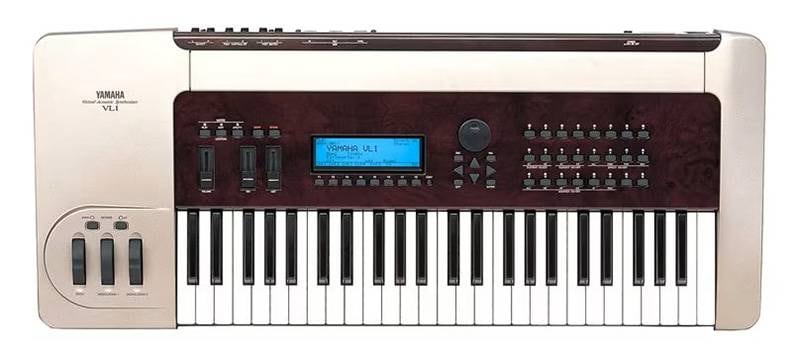
YAMAHA / VL1 Version1, (Source: Yamaha Official Website)
■ Hands-on with the Yamaha YC61
What surprised me the most about the YC61 was its weight. When I lifted it out of the box, I thought, "Wait, this is light!" As for the sound, it’s incredibly realistic. The distinctive grit of the Hammond organ is remarkably well-reproduced. The way the click noise responds when pressing the keys, and the feel of the drawbars, are both outstanding. You can easily see the upper and lower keyboard settings at a glance.
For Hammond organ sounds, you can choose from three types:
① A standard vintage Hammond
② A Hammond with a fatter mid-to-low range and more grit
③ A percussive Hammond
If you're looking to fine-tune your sound even more, you can adjust the tonewheel leakage or key click levels, allowing you to replicate the unique aging and individual variations of a real Hammond organ.
Seeing the VCM sound engine faithfully recreate the vintage tonewheel organ made me genuinely happy.
I’ve just purchased the YC61 and am still exploring its features, but the sound quality is exceptional. It feels so real that you might think you're playing an actual Hammond.
A few days after my purchase, I brought the YC61 to a music studio with a large band setup—two guitarists, bass, drums, two keyboards, saxophone, and vocals. Despite this large ensemble, the YC61’s sound didn’t get lost, even with two guitars in the mix. I kept the volume at around 50%, and it had a sound pressure comparable to the NORD ELECTRO 4D.
Considering that the YC61 is more budget-friendly than the NORD ELECTRO 6D, it’s worth looking into, especially if you're mindful of your wallet.
NORD / NORD ELECTRO 6D 61 Combo Keyboard
■ Finally, We've Come This Far...
After trying out the Yamaha YC61, I was struck by how far Hammond organ simulations have come since the 1970s. It feels like we've finally reached this point, but at the same time, it also made me realize just how deep and complex the sound of a real Hammond organ truly is. It took 50 years to get this close to replicating the authentic Hammond sound, which highlights why the instrument remains beloved by so many musicians as a staple keyboard.
Next time, I plan to dive deeper into the YC61's organ sounds, as well as explore the Leslie speaker simulation and the keyboard’s touch. Stay tuned!
The “sound & person” column is made up of contributions from you.
For details about contributing, click here.





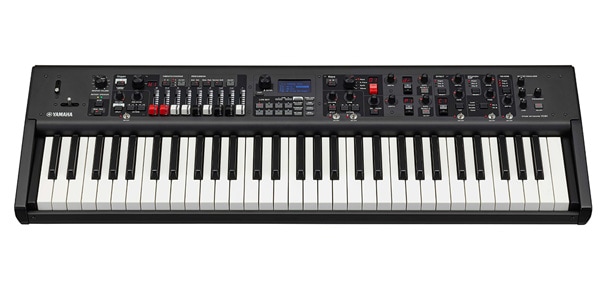
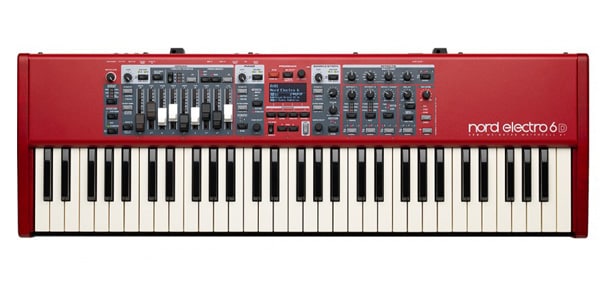


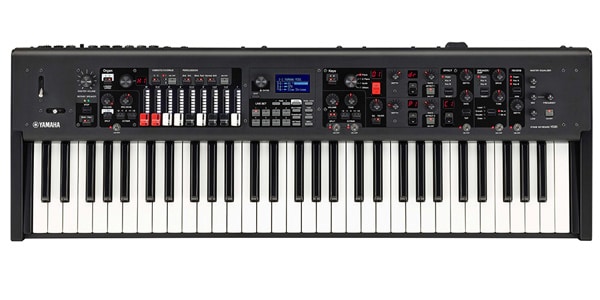
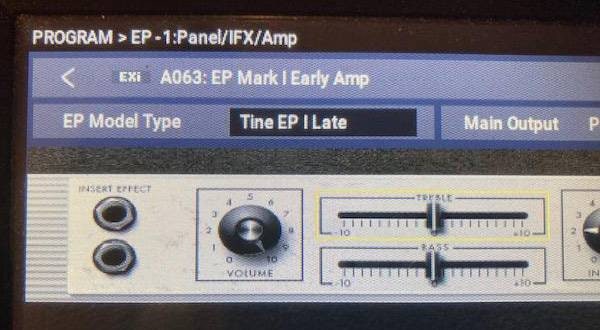




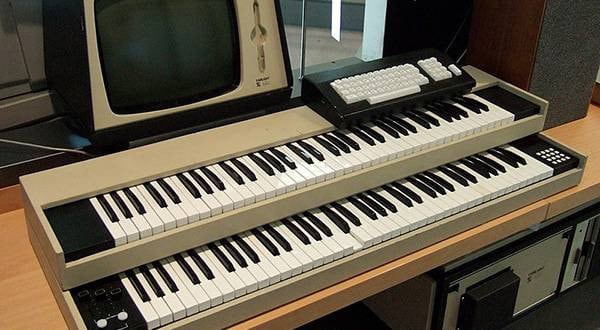
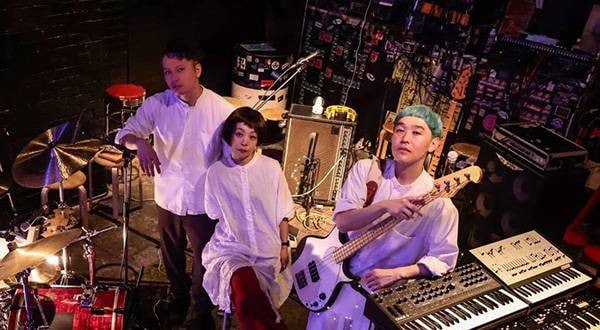

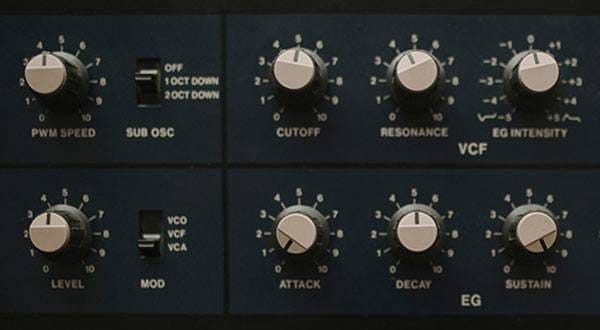

![[2025 Latest Edition] Choosing a Synthesizer/Popular Synthesizers Ranking](/contents/uploads/thumbs/2/2022/9/20220916_2_19446_1.jpg)
 Nord(ノード)特集
Nord(ノード)特集
 YAMAHA YC61 特集
YAMAHA YC61 特集
 PLAYTECH 鍵盤特集
PLAYTECH 鍵盤特集
 おすすめの電子ピアノ
おすすめの電子ピアノ
 キーボードスタートガイド
キーボードスタートガイド
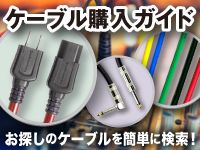 ケーブル購入ガイド
ケーブル購入ガイド
